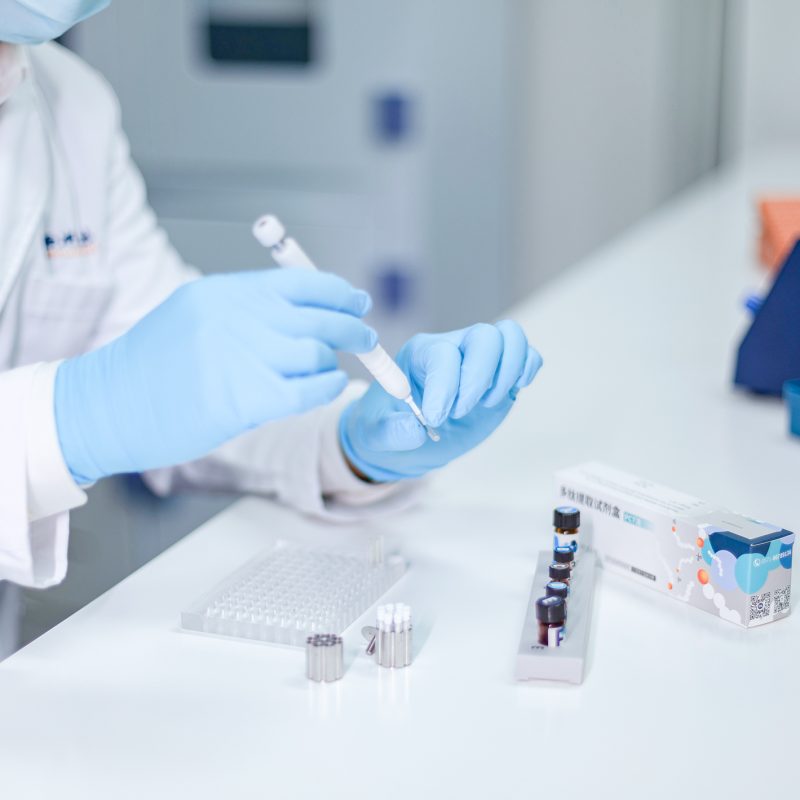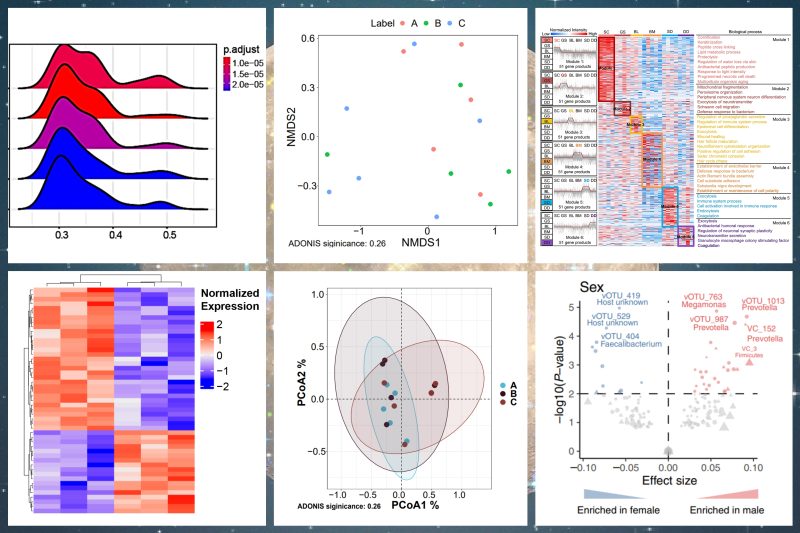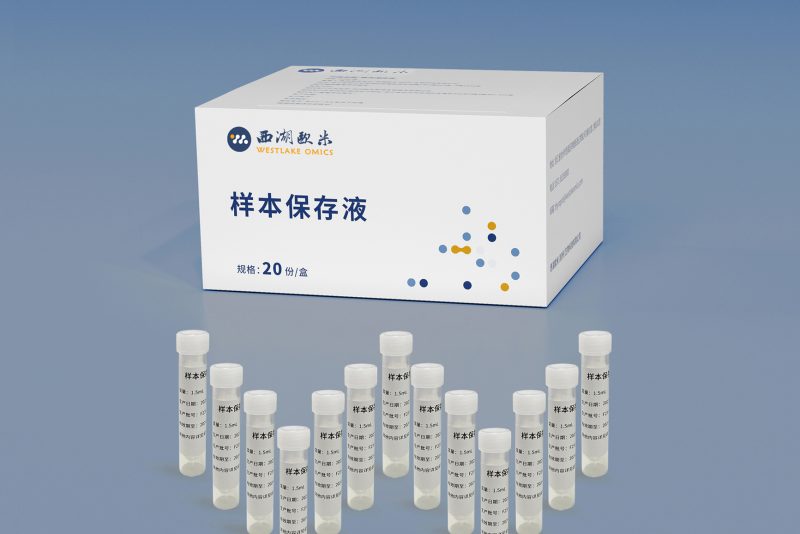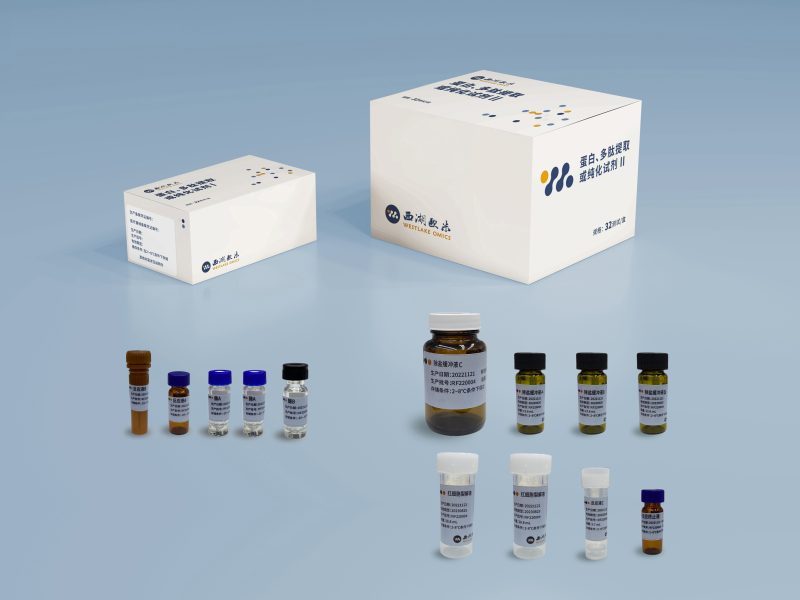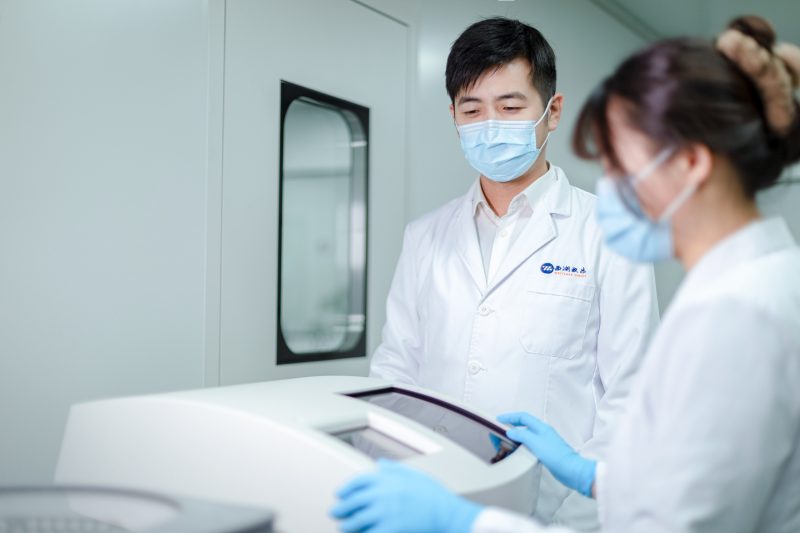Shortly after our last release of coronavirus research findings , Westlake University released another breakthrough in COVID-19 research. Tiannan Guo and co-workers identified characteristic molecular changes in the sera from severe #COVID-19 cases, allowing prediction of severe cases using a machine learning model based onserum protein and metabolite biomarkers.
The Guomics Laboratory of Big Proteomic Data, led by Assistant Professor Tiannan Guo, performed the first proteomic and metabolomic characterization of #COVID-19 sera, and managed to identified a series of characteristic biomarkers indicating the severity of COVID-19 patients.
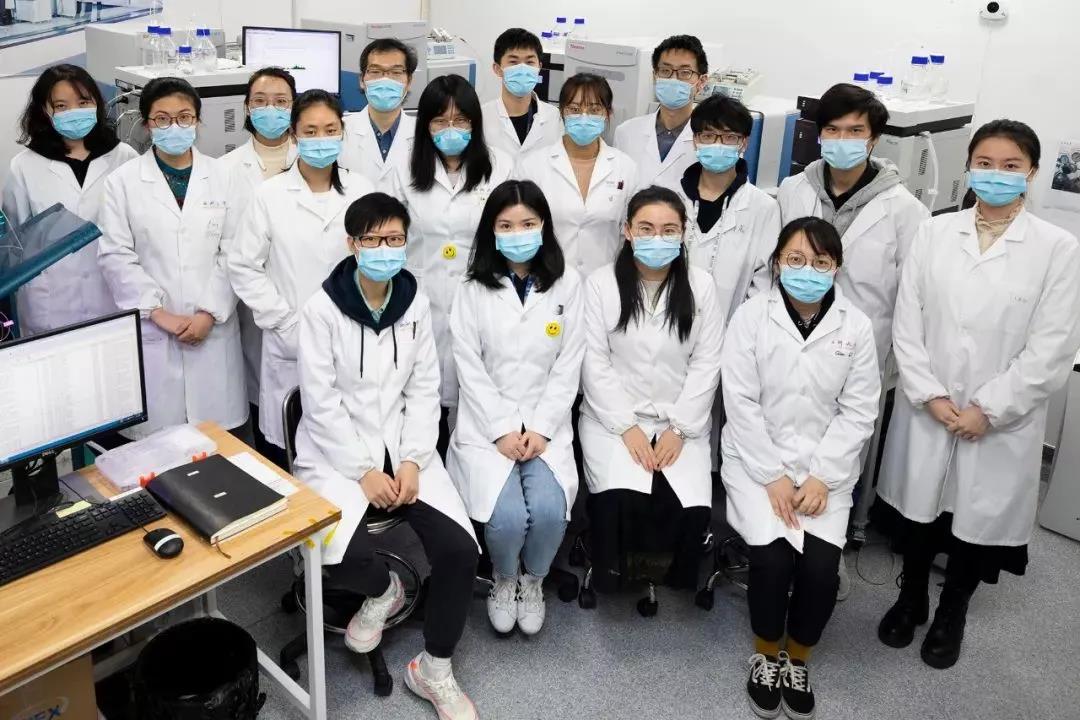
The manuscript was made available on medRxiv around 0:15 am on April 8th (Beijing time).
COVID-19 is an ongoing unprecedented global threat. More than 1,5 million individuals are confirmed cases worldwide andthis number is rapidly increasing. Studies investigating the clinical symptomsand epidemiology have been reported, however, little is known about the molecular pathogenesis of SARS-CoV-2, the pathogen of COVID-19. Little clue are available for clinicians to determine why certain patients develop into severe cases, and how to treat them effectively.
In collaboration with clinicians and metabolomics scientists, the team performed a rigorous proteomic and metabolomic analysis of 99 sera samples from four groups including healthy donors, non COVID-19 patients with similar clinical characteristics as COVID-19patients, non-severe COVID-19 patients, and severe COVID-19 patients. Together, they quantified 894 proteins and 941 metabolites. This study identified characteristic molecules expressed in the blood of severe patients.
In the blood from severe COVID-19 patients,93 proteins and 204 metabolites were found to be significantly dysregulated compared to the non-severe COVID-19 cases. Specifically, 50 proteins are involved in pathways including macrophage functions, the complement system and the platelet degranulation. They also found a significant drop of more than 100 amino acids and more than 100 lipids, which may indicate huge consumption of the relevant metabolites during the replication of virus. These findings may provide clues to medical care.
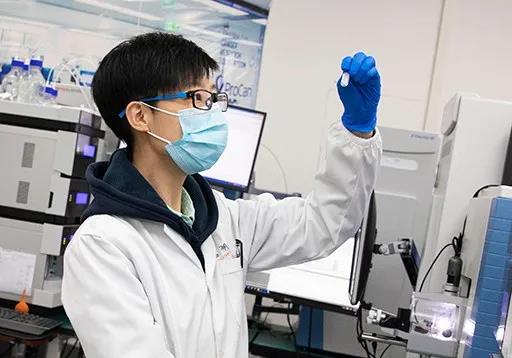
Shortly after our last release of coronavirus research findings , Westlake University released another breakthrough in COVID-19 research. Tiannan Guo and co-workers identified characteristic molecular changes in the sera from severe #COVID-19 cases, allowing prediction of severe cases using a machine learning model based onserum protein and metabolite biomarkers.
The Guomics Laboratory of Big Proteomic Data, led by Assistant Professor Tiannan Guo, performed the first proteomic and metabolomic characterization of #COVID-19 sera, and managed to identified a series of characteristic biomarkers indicating the severity of COVID-19 patients.

The manuscript was made available on medRxiv around 0:15 am on April 8th (Beijing time).
COVID-19 is an ongoing unprecedented global threat. More than 1,5 million individuals are confirmed cases worldwide andthis number is rapidly increasing. Studies investigating the clinical symptomsand epidemiology have been reported, however, little is known about the molecular pathogenesis of SARS-CoV-2, the pathogen of COVID-19. Little clue are available for clinicians to determine why certain patients develop into severe cases, and how to treat them effectively.
In collaboration with clinicians and metabolomics scientists, the team performed a rigorous proteomic and metabolomic analysis of 99 sera samples from four groups including healthy donors, non COVID-19 patients with similar clinical characteristics as COVID-19patients, non-severe COVID-19 patients, and severe COVID-19 patients. Together, they quantified 894 proteins and 941 metabolites. This study identified characteristic molecules expressed in the blood of severe patients.
In the blood from severe COVID-19 patients,93 proteins and 204 metabolites were found to be significantly dysregulated compared to the non-severe COVID-19 cases. Specifically, 50 proteins are involved in pathways including macrophage functions, the complement system and the platelet degranulation. They also found a significant drop of more than 100 amino acids and more than 100 lipids, which may indicate huge consumption of the relevant metabolites during the replication of virus. These findings may provide clues to medical care.

